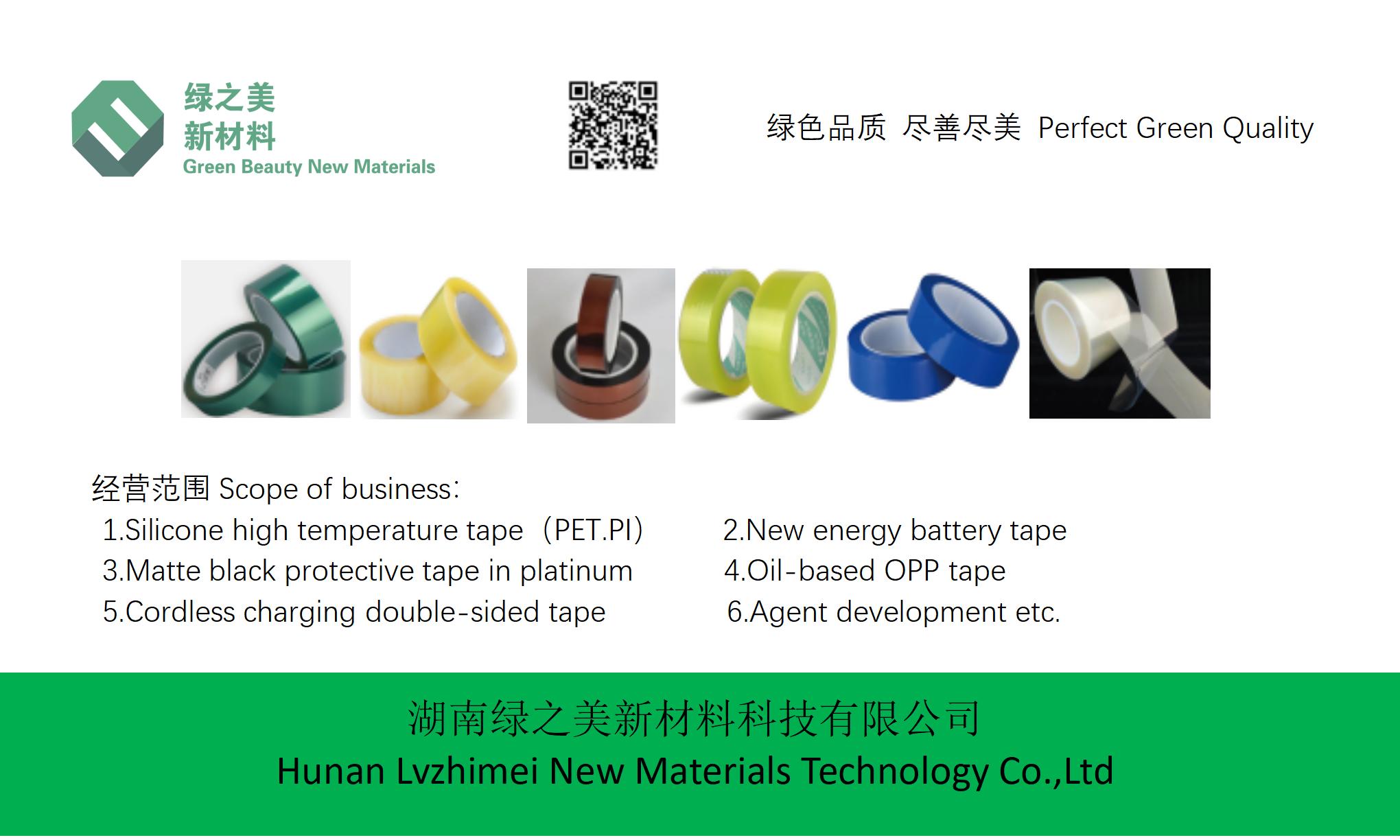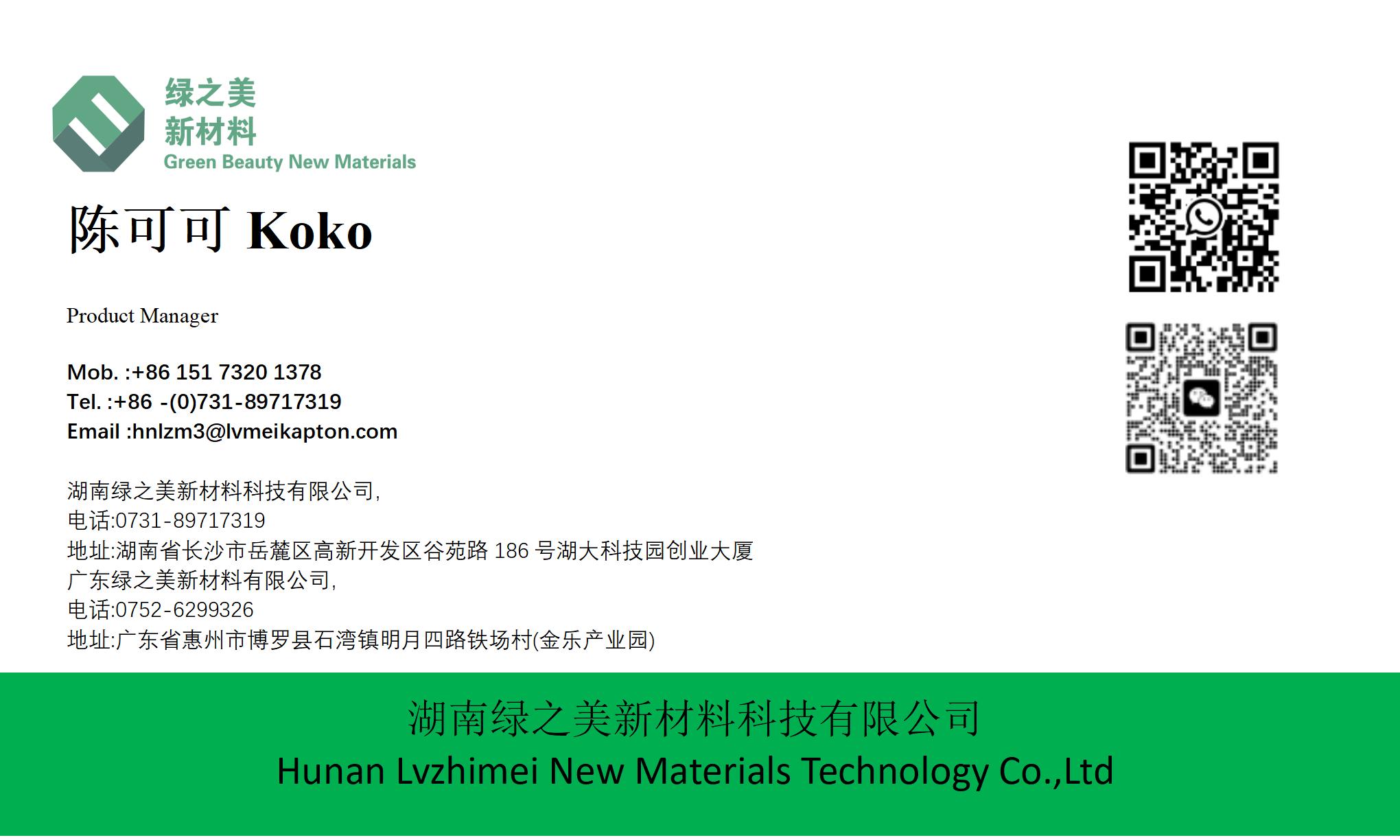



How to Choose Between Brown Circuit Board High Temperature Tape and Self-Adhesive Back Blocking Spray Paint Tape? |https://www.lvmeikapton.com/
Material: Typically made of high-temperature-resistant materials like Kapton (polyimide film) or fiberglass reinforced with silicone adhesive.
Key Features:
Exceptional thermal resistance (up to 260°C or higher) for prolonged exposure.
Excellent insulation against molten solder and chemical corrosion.
Available in various thicknesses (e.g., 0.05mm to 0.13mm) for precise masking.
Requires manual application and removal, often with peel-off liners.
Material: Combines a polyester film base with a pressure-sensitive adhesive (PSA) layer and a release liner.
Key Features:
Self-adhesive backing simplifies application without additional tools.
Effective barrier against paint overspray during automated spraying.
Lower temperature resistance (usually 150°C to 200°C) suitable for short-term processes.
Easy tear-off edges for quick removal, reducing labor costs.
The following table highlights the key differences between High-Temp Tape and Spray Paint Tape:
| Aspect | Brown Circuit Board High-Temp Tape | Self-Adhesive Back Blocking Spray Paint Tape |
|---|---|---|
| Temperature Resistance | Up to 260°C+ (suitable for wave/IR reflow) | 150°C to 200°C (short-term heat exposure) |
| Adhesion Method | Manual application (peel-off liner) | Self-adhesive (PSA) |
| Masking Precision | High (thin options for intricate components) | Moderate (thicker film可能影响精细区域) |
| Chemical Resistance | Excellent (resists solder flux, acids) | Good (protects against paint chemicals) |
| Ease of Use | Moderate (requires careful alignment) | High (quick application, tear-off edges) |
| Cost | Higher per unit (due to materials) | Lower cost for bulk orders |
| Common Applications | Wave soldering, reflow soldering, SMT repair | Automated spray painting, stencil protection |
High-Temp Tape: When Temperature and Durability Matter
Wave Soldering: Shields components from molten solder (240°C+) while maintaining adhesion.
IR Reflow: Protects delicate circuits during multiple heating cycles in surface mount technology (SMT).
High-Voltage Testing: Insulates against electrical arcing in high-temperature environments.
Advantages: Reliable in extreme conditions; reusable if properly removed.
Automated Painting: Blocks paint overspray on circuit board edges or connectors.
Quick周转项目: Ideal for prototypes or small batches where speed matters.
Stencil Protection: Masks openings during screen printing processes.
Advantages: Saves labor time with self-adhesion; reduces human error in manual masking.
While Spray Paint Tape offers a lower unit price, consider the total cost of ownership:
High-Temp Tape: Higher upfront cost but may save time in rework if components remain protected.
Spray Paint Tape: Cheaper initially, but frequent application/removal in high-volume production may offset savings.
Hidden Costs:
High-Temp Tape: Requires trained operators for precise application to avoid component damage.
Spray Paint Tape: If adhesive residue remains, additional cleaning steps may be needed.
1. Temperature Requirements
Verify process temperatures: If your PCB undergoes >200°C heating, High-Temp Tape is essential.
Example: Reflow ovens often reach 250°C, necessitating Kapton-based tape.
High-Temp Tape adheres well to clean FR4, ceramic, and metal surfaces.
Spray Paint Tape may leave residue on glossy finishes or require pre-treatment (e.g., IPA cleaning).
If your board contacts strong solvents (like isopropyl alcohol), choose tapes with certified chemical resistance.
For densely populated boards, High-Temp Tape’s thin profiles allow precise component isolation.
Spray Paint Tape’s thicker film may cover smaller components accidentally.
Example 1: Electronics Manufacturer "XYZ Corp."
Switched from Spray Paint Tape to High-Temp Tape for reflow processes after discovering paint residue under components.
Result: 30% reduction in post-soldering cleaning costs and improved board reliability.
Adopted Spray Paint Tape for rapid-turn PCB painting, saving 40% in labor time.
Note: Regularly validated tape removal to prevent adhesive残留.
Assess Process Temperatures: Choose tapes with at least 30°C higher tolerance than your peak process temperature.
Prototype Testing: Conduct small-scale trials to evaluate tape performance before bulk ordering.
Calculate Total Costs: Factor in labor, rework, and equipment downtime.
Check Industry Standards: Ensure tapes meet IPC-FC-243 or UL certifications for safety.
The choice between Brown Circuit Board High Temperature Tape and Self-Adhesive Back Blocking Spray Paint Tape depends on your specific manufacturing needs. For high-temperature, long-duration processes, High-Temp Tape offers unparalleled protection, while Spray Paint Tape excels in speed and ease-of-use for painting applications. By analyzing thermal requirements, masking complexity, and cost factors, you can optimize your production efficiency and product quality.






